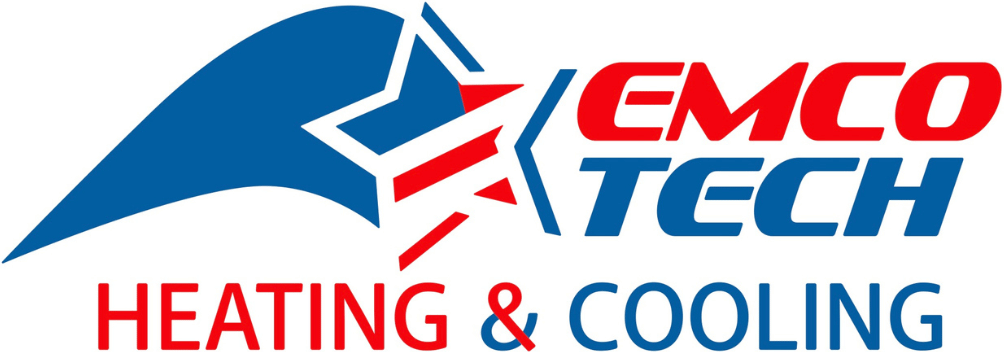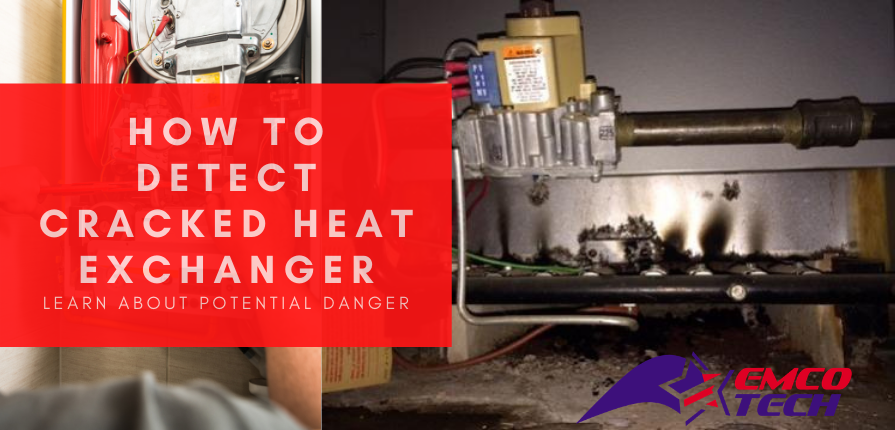Okay, gas furnaces are not inherently dangerous. This is something I want to make crystal clear right off the bat, to alleviate any lingering fears for those whose homes are heated by gas furnaces. However, like any heating system that uses combustion to produce heat, a gas furnace does have the potential to be a health hazard, especially if it isn’t maintained properly. When this is done, you shouldn’t have any problems with your gas furnace.
That being said, I think it would be prudent here to mention the most common occurrence where gas furnaces do have the potential to become health hazards: Cracked heat exchangers. This problem occurs most often with older furnaces – those 15 years or older. That is why it is recommended that you replace the heat exchanger before there is a problem. And one way to identify the problem before it is too late is to perform regular maintenance.
What Is a Heat Exchanger?
Heat exchangers are an integral part of a gas furnace system. It is the area where heat from combustion heats air from the blower fan as it moves into the ventilation system. It also prevents gases from coming into direct contact with the airflow, preventing dangerous fumes from escaping into the living quarters. Instead, the gases remained trapped inside the heat exchanger, a hardened metal container. The combustion process heats this metal chamber, and as air from the blower passes over it, that heat is transferred to the air and is used to warm the home. So, simply put, the heat exchanger is the area where the air is heated to high temperatures.
Why Is a Cracked Heat Exchanger Such a Big Problem?
Here’s A Warning About cracked Heat Exchanger In Gas Furnace: a cracked heat exchanger will allow harmful gases to escape and enter the living quarters. The most dangerous of these is carbon monoxide gas, which is odorless and colorless, which in turn makes it almost impossible to detect without specialized equipment. A heat exchanger that’s functioning normally sends these toxic gases out into the open air, via a flue, where they can be eliminated.
The biggest culprit for cracked heat exchangers is corrosion. The combustion process erodes the metal over time, weakening its integrity. That is why cracking and leaking is more common in older furnaces. Even a small crack is an issue as it will not only allow small amounts of hazardous gases to escape, but the crack will get bigger over time.
One sign that there might be a problem is if you hear a clicking sound when you turn off the blower. And, if the CO detectors inside your home go off, call your HVAC professional immediately. CO detectors are the only means by which carbon monoxide gas can be detected. So, if your home is heated by a gas furnace, get a CO detector.
Therefore, you would want the best HVAC company in Philadelphia AP performing all of your gas furnace repairs, from fixing electrical switches, to replacing a cracked heat exchanger. Remember, this is not a job for amateurs, or weekend DIY. so, why not call the best. We have over 50 years of experience servicing HVAC all types of systems, and we provide 24/7 emergency service.


